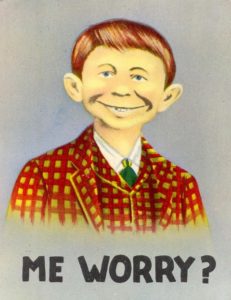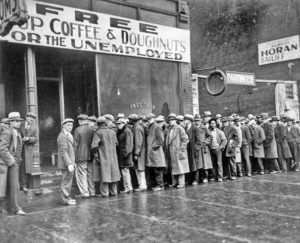George Bernard Shaw wrote more than 60 plays, but he also wrote a lot of personal letters. I read once that he sent somewhere in the region of 250,000 letters and postcards during his lifetime, the majority in response to strangers seeking either advice, money, a photograph, an autograph, or Shaw’s presence at an event. Here are three of his replies:
Letter to the Philosophical Institution of Edinburgh, 1928
“I am fully conscious of the honor done me by the Philosophical Institution of Edinburgh in asking me to lecture; but the condition that my subject should be non-controversial makes it impossible for me to accept the invitation. I never speak in public except on violently controversial subjects in a violently controversial way.”
Letter to the Hull Conference of Crematorium Authorities, 1926
“A dinner! How horrible! I am to be made the pretext for killing all those wretched animals and birds and fish! Thank you for nothing. Blood sacrifices are not in my line.”
Letter to the Southwick Cricket Club, 1938
“Too old. Loathe cricket. No connection with Southwick; don’t even know where it is.”

 MarkFord
MarkFord


